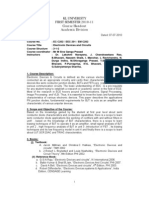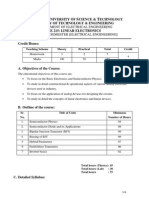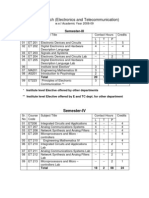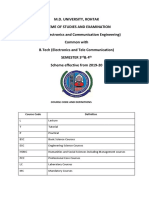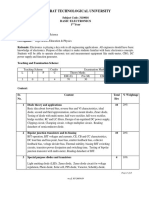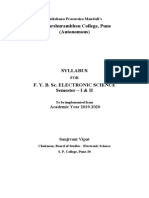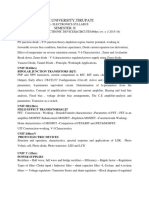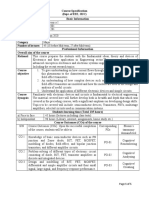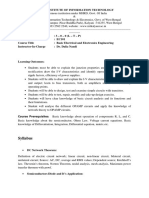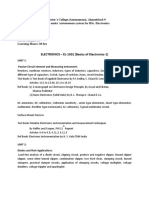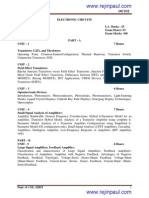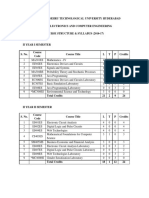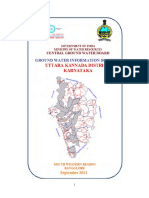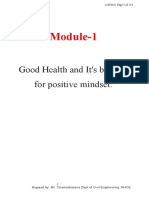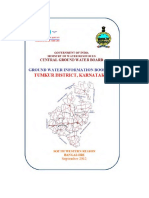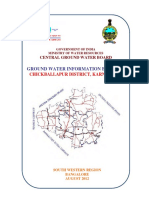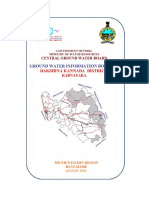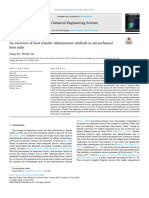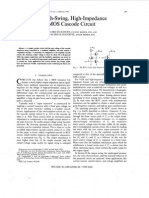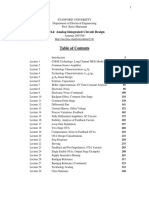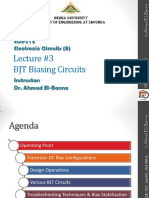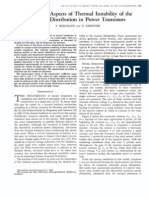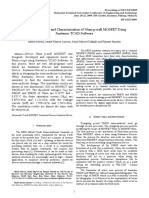0% found this document useful (0 votes)
66 views6 pagesElectronics
The PG Board of Studies in Electronics at Kuvempu University held a meeting on June 28, 2024, to discuss and approve the UG syllabus for the academic year 2024-25. The syllabus includes various topics across six semesters, focusing on electronic devices, circuits, digital electronics, and programming. The meeting concluded with a vote of thanks, and the syllabus was structured to align with SEP guidelines.
Uploaded by
maheshanischithaCopyright
© © All Rights Reserved
We take content rights seriously. If you suspect this is your content, claim it here.
Available Formats
Download as PDF, TXT or read online on Scribd
0% found this document useful (0 votes)
66 views6 pagesElectronics
The PG Board of Studies in Electronics at Kuvempu University held a meeting on June 28, 2024, to discuss and approve the UG syllabus for the academic year 2024-25. The syllabus includes various topics across six semesters, focusing on electronic devices, circuits, digital electronics, and programming. The meeting concluded with a vote of thanks, and the syllabus was structured to align with SEP guidelines.
Uploaded by
maheshanischithaCopyright
© © All Rights Reserved
We take content rights seriously. If you suspect this is your content, claim it here.
Available Formats
Download as PDF, TXT or read online on Scribd
/ 6
